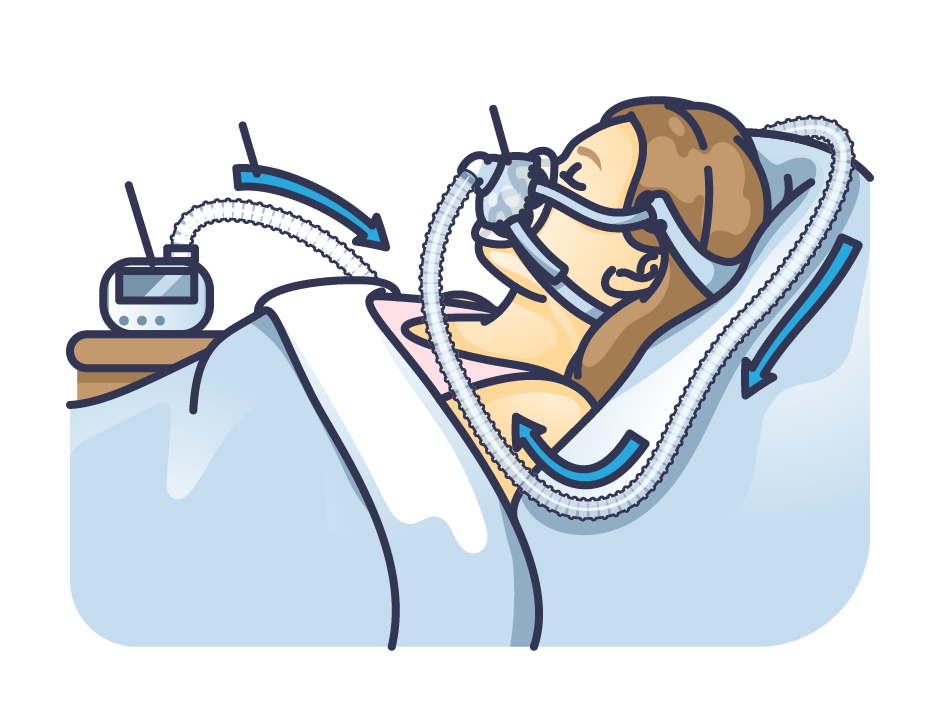Working nightshifts long term increased risk factors for cardiovascular health
- Shaun McGillis
- Jun 9, 2024
- 3 min read
Updated: Mar 14

In our 24/7-365 world, approximately 16.4% of the roughly 144 million working-age Americans work irregular, split, evening, or night shifts. These "shift workers" play a vital role in society, ensuring essential goods and services are accessible at all hours.
At the Oregon Institute of Occupational Health Sciences, researchers study sleep and circadian health to understand the impact of sleep, work schedules, nutrition, exercise, and drug use on health, safety, and well-being in the workplace and beyond. Researchers at the Institute recently published findings providing evidence that night shift work is associated with increased risk factors for poor cardiovascular health.
The article "Later circadian timing and increased sleep timing variability are associated with attenuations in overnight blood pressure dipping among chronic nightshift workers" was published in Sleep Health. In the article, Andrew McHill, along with colleagues Brooke Shafer, Desirae Christopher, Steven Shea, and Ryan Olson, describe a study in which 20 nurses--ten long-time dayshift workers and ten long-term night shift workers, underwent melatonin assessments and wore blood pressure measuring devices to assess 24-hour blood pressure patterns. The study aimed to determine the relationships between overnight blood pressure (a marker for cardiovascular health), circadian phase (the body's natural sleep/wake pattern) and sleep timing variability among dayshift and chronic nightshift nurses.
"This was a follow-up to a study we conducted a few years ago in which we found that when newly hired bus operators transitioned into a shift work schedule, they experienced a lesser drop in their blood pressure at night when sleeping," said McHill, a physiologist and expert in sleep, circadian health, and metabolism. "So, the question for this study was, will we see similar patterns in long-term shift workers?"
A dip or reduction in blood pressure during sleep is considered a healthy physiological behavior; however, the degree of the dip is associated with overall cardiovascular health. In the study, McHill and colleagues found that nightshift workers would sleep and wake up later, had significant variability in the time they went to sleep, and experienced a lesser drop in blood pressure overnight. Additionally, the researchers found a later sleep onset timing relative to melatonin onset timing was associated with reduced blood pressure dipping. Furthermore, falling asleep at different times correlated negatively with the drop in sleeping blood pressure in night shift workers but not day shift workers. All of this is to say that the research finds that regular sleep onset and circadian disruptions among night shift workers may adversely impact cardiovascular health by reducing the degree to which blood pressure drops during sleep.
"What this suggests to us is that it might not just be variable sleep/wake timing that plays a role in the overnight attenuation of blood pressure; it could be that sleep/wake timing relative to your internal biological clock plays a big role in cardiovascular health," McHill said.
Shift work is not going away in our 24/7 society. As McHill notes, research shows that working night shifts is associated with adverse health impacts. Organizations and individuals can support and educate workers on the importance of maintaining regular sleep patterns while working night shifts. That can include informing workers of the hazards of shift work and some behavioral changes they can make to mitigate the potential adverse health impacts associated with shift work.
This research was supported by National Institutes of Health (NIH) R01 HL105495, R01 HL156948 K01 HL146992, R35 HL155681, UL1TR000128, UL1TR002369, and by the Oregon Institute of Occupational Health Sciences at Oregon Health & Science University via funds from the Division of Consumer and Business Services of the State of Oregon (ORS 656.630)




Comments